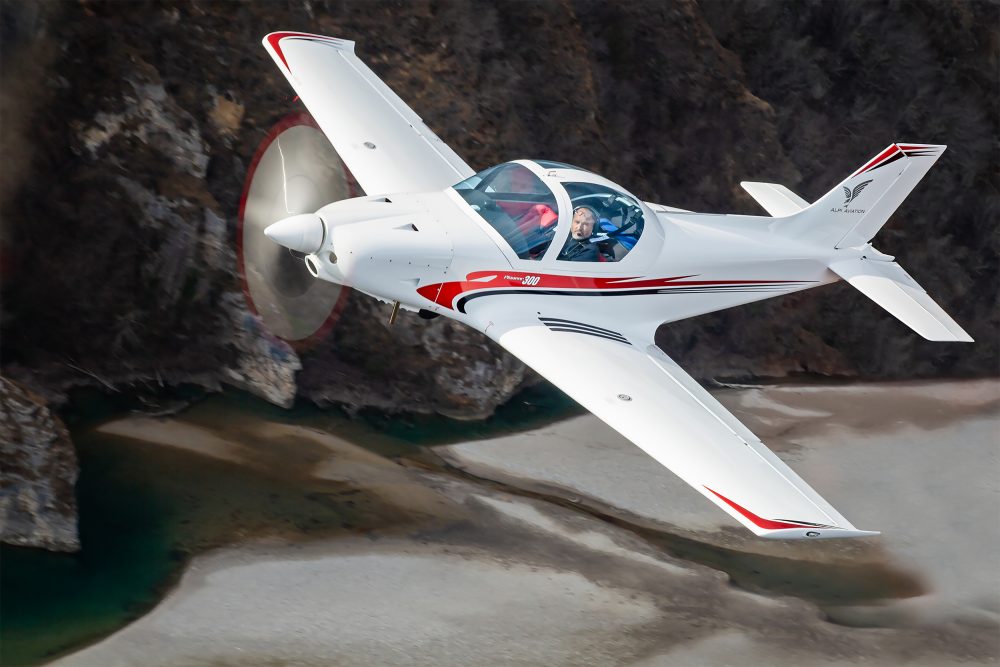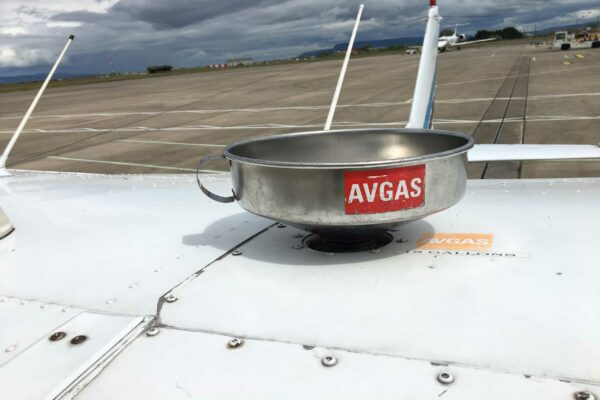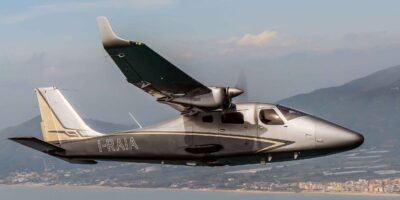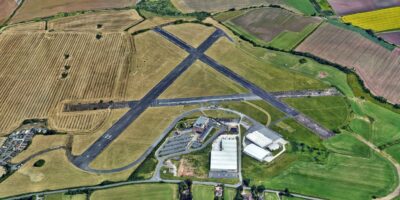A consultation on the proposed changes to BCAR Section S regs and mainly relating to 600kg Light Sport Microlights has been launched by the CAA.
Rob Mott, Chief Inspector at the BMAA, explained, “There are a multitude of improvements allow you to fly heavier, faster and likely further than ever before, but without losing sight of our roots and heritage.
“BCAR Section S (Small Light Aeroplanes) is the main certification code for microlight aeroplanes in the UK and specifies the initial airworthiness requirements as well as acceptable means of compliance. The code’s technical requirements have been revised to reflect the increased maximum take-off mass and stall speed limits brought into UK law following the 2021 revision of the UK microlight aeroplane definition.”
The changes to BCAR Section S
- Higher MTOW (600kg landplane, 650kg amphibian) and corresponding empty weights
- Regulated single-seaters for aircraft with a stall speed >35 knots or MTOW over 300kg up to the same MTOW limits as two-seaters
- Higher stall speed, now up to 45 knots
- Increased cockpit loadings. Designers should now work to at least 100kg per seat (was 86kg) and 200kg (from 172kg) total for two-seaters. Single-seaters for a pilot weight range of between 70kg and 110kg
- New minimum pilot weight not above 70kg, rather than 55kg. Designers can still opt for 55kg or lower of course
- Gust loading requirements for aircraft heavier than 475kg and Vd (Design Dive Speed) greater than 140 knots
- Firewalls now have to be fireproof: 1100°C for a minimum of 15 mins, previously 5 mins
- Spinning has changed and some new requirements for EASA CS-23 proposed
- Composite super factors now have a different AMC (Acceptable Means of Compliance) and are specifically listed in paragraph S619
- Ground loads (undercarriage) are now the same as EASA CS-VLA. Most manufacturers were using this rather than the previous Section S
- Fuel strainer requirements clarified (same as CS-VLA)
- Engine installation in the airframe should now also meet the engine manufacturer’s requirements.
To align with Czech (UL-2) and German (LTF-UL) regs:
- Minimum stick forces and gradient reduced
- Flap load factor reduced to 0G & +2G (limit load) 0G & +3G (ultimate load), previously this was normal range (-3G to +6G ultimate)
- Flutter prevention/damping can still be demonstrated by flight or analysis/ground testing, the latter common in Europe
- Airframe mounting points for BPRS (Ballistic Parachute Recovery System) or AMTPRS (Airframe Mounted Total Parachute Recovery System) installations must demonstrate sufficient strength to react to deployment loads. Falling attitude ‘on the chute’ must be assessed as suitable. Seat & harness shock loads – ensure the seat can cope with the deceleration
- The max error of Air Speed Indicator showing Indicated Air Speed (IAS) +/- 8km/h or +/- 5%, when compared to Calibrated Air Speed (CAS).
“A significant BMAA aim was to increase alignment with Czech (UL-2) and German (LTF-UL),” said Rob. “A key remaining area where the UK differs is spinning – neither of the mentioned European Microlight codes require spin testing.
“The BMAA thanks the CAA for collaborating with us on this project. It is paving the way for UK microlight expansion without impacting previous or current certifications and, at the same time, making future ones easier.
An example: BCAR Section S issue 8 also applies to weightshift aircraft, which is not within the scope of other European countries’ definition, most of whom have left them at 450/472.5kg, so the UK is now leading the way.”
The consultaion closes on 19 August 2022. There are two ways to respond. Either use the online form here OR email comments to [email protected] with ‘CAP 482 consultation response’ as the subject line. If you do that, please CC [email protected] so the BMAA can gather feedback.
Click here for the CAA consultation on BCAR Section S
What is a spin test?












